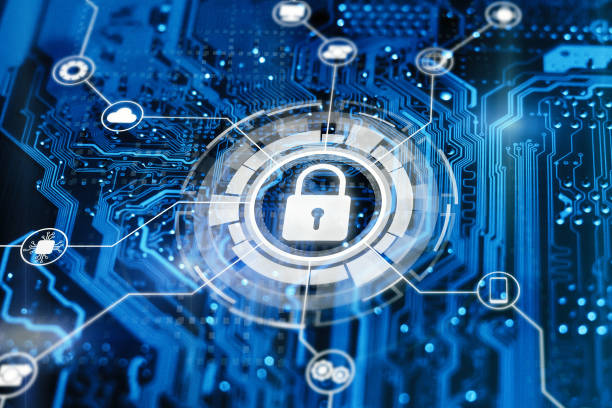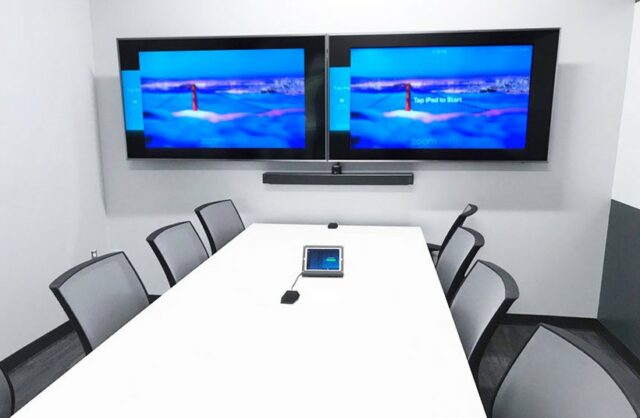Security is extremely important in AV & Video collaboration. Zooms/Teams/Cisco Webex/ GoToMeeting Video Conferencing applications are currently among the most popular mediums of collaboration for businesses of all sizes. Businesses use these technologies to communicate with remote teams and clients, as well as to save money on travel expenses.
But are their conferencing activities sufficiently secure?
Is there a possibility of losing critical data while conferencing?
Is your data at risk?
How Secure is Your Web and Video Conferencing?
According to a recent survey, 60 percent of organizations use web conferences to exchange mission-critical data. Financial information accounts for 40%, private customer or patient information accounts for one-third, and trade secrets account for nearly one-fifth.
In general, web conferencing is more secure than video conferencing. However, experts warn that there are risks. There could be flaws in the system that allow hackers to access your most sensitive business information. Most web conferencing services, for example, allow users to join a meeting by creating custom URLs, also known as Vanity URLs. Hackers could use this to impersonate someone else. By breaking into someone’s email, hackers can also obtain conference call-in information and PINs.
- How can you keep your web conference activities well-guarded?
- Experts suggest the following tips:
- Make use of encrypted protocols.
- Choose software that is well-encrypted.
- Creating strong passwords.
- Use multiple password layers.
- Perform regular risk assessments.
- Select a reliable service provider.


The secure way to video conferencing
There are numerous reasons why video conferencing exposes you to threats and data breaches.
The majority of video conferencing systems support remote monitoring and management. Some, on the other hand, have the ability to stream video and audio content to remote users. Potential hackers could gain access to secure data if these features are abused. Cloud-based meeting recording via desktop share-stream is also risky for the same reasons. But you can’t blame everything on technology.
- Many video conferencing data breaches are the result of user errors such as:
- Disabling encryption.
- Utilizing unencrypted video systems.
- Connect to devices that do not support encryption or have turned off encryption.
- Use of weak passwords
- Not frequently changing passwords
- Using solutions and services that don’t use robust encryption
To secure your video conferencing activities, select a service that employs proper encryption methods. Before making a decision, it is always a good idea to check what security features a service provider provides.
It comes down to this: The users bear the lion’s share of the responsibility for ensuring secure conferencing, whether Web or video.
Aside from selecting the right service providers, the use of these technologies is critical. Use the recommended security measures and secure any additional systems.
With these best practices in place, you can enjoy the benefits of conferencing technologies without putting your company at risk.


Conclusion
Web and video conferencing provide numerous advantages to businesses. However, they are not without security risks. Here are some things to think about when using Web and video conferencing. Web conferencing, video conferencing, cloud computing, security concerns, IT, mobile computing, and hackers are some of the terms used in this article.

